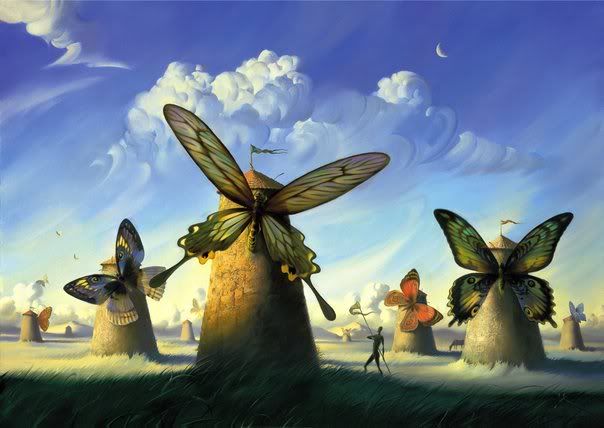It is a sad testimony to unlucky scheduling that tonight’s “Mark Webster Reading” is the first reading of any kind that I’ve been able to attend this semester. The reading featured two second-year MFA students, Alex Johnson and Nick Gaudio, who read selections from their work in poetry and fiction respectively. I really enjoyed this reading. Both authors brought their unique personalities to the reading and kept the audience engaged and entertained.
Johnson was introduced by a fellow MFA student who described his poetry as being “totally badass” in that it is “plain spoken and fearless.” I loved this description, because it was both personal and descriptive at the same time, plus it made the whole audience laugh.
Johnson began his reading by thanking several people who have influenced his life and work, then moved on to reading selections from a book, based on Charles Shulz’s “Peanuts” comic, that he is working on. The first poem he read was called “Charlie’s Blues in E Major.” This poem did a good job of establishing Johnson’s style. His poetry is written almost like prose, though more melodic, and his imagery is very direct and specific. His next poem was titled “Remnants,” and contained my favorite line from the reading: “They make the rooms swell with breath.” The imagery used in this line really reveals and embodies the emptiness being described in the poem. Â Johnson then recited some poems that he vaguely categorized as being about death with a couple about his father. These poems held Spanish influences, both in the language and imagery, that I didn’t expect. It was a pleasant surprise to hear another element of his poetic style that his first few poems of the evening didn’t exhibit. He then recited a couple poems that he described as being about relationships, a poem dedicated to William Carlos Williams, and ended with a poem entitled “Tailpipe Blues.” Johnson didn’t just read “Tailpipe Blues,” he recited it almost like a song with influences of rap, hip-hop, and blues in his recitation. The way he ended his reading was totally unexpected, at least to me, and it was fun to hear a poet bring music so literally into his poem.
Nick Gaudio also began his reading with thanks (some of his thank-yous were quite humorous) to several people, and ended his acknowledgments by jokingly saying, “Thank you Alex Johnson for reading with me, but fuck you for giving me this cold.” Today was Gaudio’s birthday, so he chose to begin his reading with a couple poems that he wrote in the past. The first was called “How to Sell a Rocketship to a Feminist,” and the second was a prose poem. The bulk of his reading was from a story he began this week called “One Hundred Days of Thunder.” The story was split into “books,” and each of the books was like a vignette of a scene. The books worked together, and several of them picked up at about the same place that the one before had left off, but the breaks seemed to give each scene and interaction more space to play out – they emphasized the importance of what was happening at each moment in the story. In total, Gaudio read nine “books” from “One Hundred Days of Thunder.”
This was an extremely enjoyable reading. Each author presented his work with confidence and punctuated the serious with humor and surprise. Anyone interested can attend the next reading in the “Mark Webster Reading” series on Friday, December 3 at 7:00 pm in the U of M Museum of Art’s Helmut Stern Auditorium.






